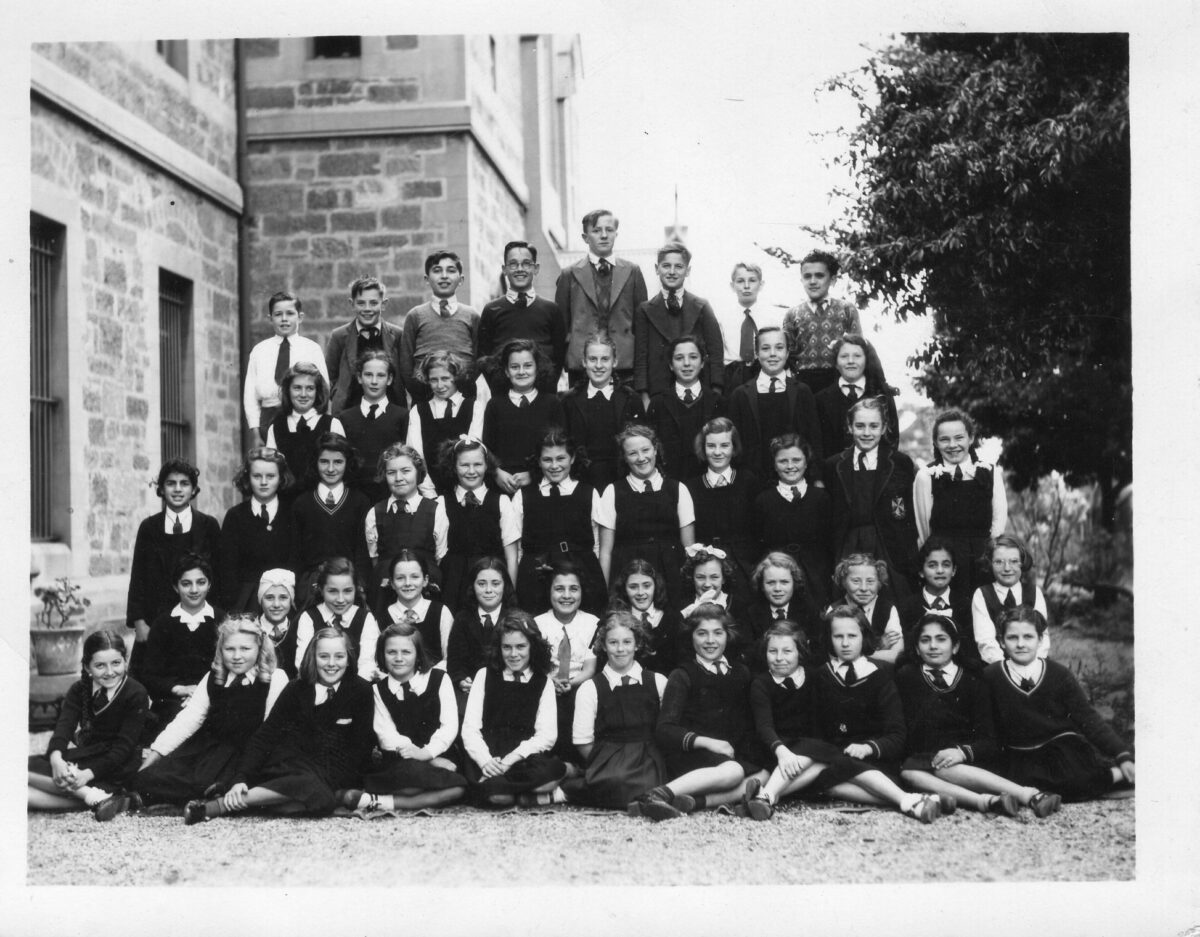This week in Adelaide school students begin the first term of 2024. In this blog it is fitting to explore the experience of school of some of the children who arrived from Italy with their mothers to join their fathers in the 1930s and in 1940.
The image above is of the primary school at St Mary’s Convent Franklin Street Adelaide in about 1943. St Marys Franklin Street, Adelaide c 1944 – Maria Rosa Tormena, last on the right on the third row. Cousin Aldo Rossetto, fourth from left in back row. Photo supplied by Maria Rosa Tormena.
Children in the Veneto market gardener families
Four Veneto men who were married when they arrived in 1927—Brunone Rebuli, Domenico Rossetto, Giovanni Santin and Secondo Tonellato—reunited with their wives and children in Adelaide within 10 years. Altogether, 13 children arrived and formed a two-generation community in the paese of market gardeners at Lockleys. The children completed compulsory years of education before undertaking full-time work in the market gardens with their parents.
The children were part of the 1.5 generation who grew up and came of age in Adelaide and made their adult lives here. A number of the 1.5 generation, including relatives of the market gardener families spoke about their memories of school in their interviews. Following are a sample of the memories.
1935 – The Santin and Tonellato children arrive with their mothers
Both the Tonellato and Santin families had lived in the village of Caselle di Altivole. By 1935, Giovanni Santin and Secondo Tonellato had earned enough money to pay for the passage to Australia of their respective wives and children. In June 1935, the Tonellato children – Lui, 13 years, Rosina, 12 years, Albert, 10 years, Lino, 9 years and Nano aged 8 years and their mother Elisabetta arrived and the family settled on Frogmore Road and lived in a train wagon.
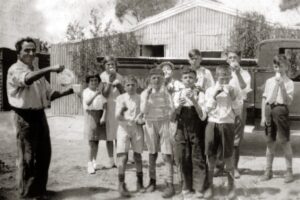
The Santin children – Lui, 14 years. Vito, 12 years, Romildo, 11 years and Virginia, 8 years – and their mother, Costantina, arrived in Adelaide in December 1935. They joined Giovanni who worked for a farmet in Jervois for the first years before the family leased a market garden at Lockleys.
Lino Tonellato arrived when he was 9 years old
Lino remembered his school days which were balanced with his work in the market gardens:
Yeah, we went to school … not far from Underdale, and then the priest came around after six months we were there … and they wanted us to shift to the Catholic school, and Dad reckon “I can’t afford it”. [The priest] paid for the tram to go backwards and forwards… I liked school in the beginning. It didn’t, it doesn’t take long to speak English when you’re young, so you get used to it, but … you had to run back home and get into the garden and then books, we never used to see them, only when we were going to school.
Lino Tonellato interview, OH 872/10, 16 July 2010.
Relatives of market gardeners who arrived as children
Mary Tonellato nee Zoanetti arrived 1931, aged 7 years
Mary arrived with her mother, Metilde. Mary’s father, Giosue had arrived in 1927 from the village of Zuclo in the province of Trento and had worked in a market garden at Basket Range, about 20 kms south east of Adelaide.
Mary did not speak English when she began at Basket Range Primary School, and unusually for girls at that time, she completed three years of secondary school at Norwood High School.
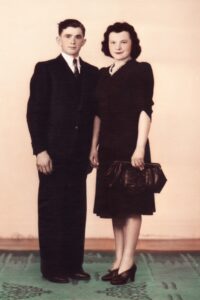
She took a job in an office and had hopes of becoming a nurse but her father died when she was 19 years old.
Mary assisted her mother working their market garden before she married Albert Tonellato and they worked their garden together for many years on Findon Road.
Oscar Mattiazzo arrived 1934, aged 7 years
Oscar arrived with his mother, Virginia, and were reunited with Angelo, Oscar’s father who had migrated from Bigolino in 1927. In his interview, Oscar recalled that he loved his first years of school in his village:
In fact, I had to stop home so many weeks one year because of tonsillitis… and I couldn’t walk up to four kilometres in the snow, and I had to stay home, and I used to cry because I had to stay home… I just liked learning … a lot of the people couldn’t understand why I was crying because I was stopping home from school [laughs].
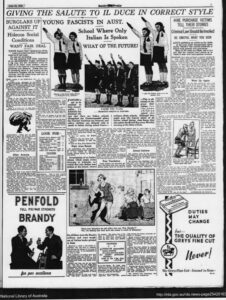
Like many children in Italian families in Adelaide during the 1930s, Oscar attended Saturday morning Italian classes taught by teachers who were part of the fascist party. He explained that when he arrived, he had a balilla uniform that was worn by young school boys as part of the pervasive fascist culture in Italy.
Oscar remembered the significance of the balilla uniform:
We used to go to, Saturday morning we used to go to Italian school, in 1936 we were going to the Italian school at the cathedral of today, St Francis Xavier, there’s a hall next to that. They used to have these lessons, Italian lessons, for Italian children to keep the Italian language, and about half a dozen or more of girls and boys dressed up in this uniform because they also came from Italy with their uniform, but because I was the latest one that arrived, I had the latest model. So they put this big photo in the paper, the “Smith’s Weekly,” which was a rather, oh, scandalous paper.
Oscar Mattiazzo, interview, OH 872/13, 13 April 2011.
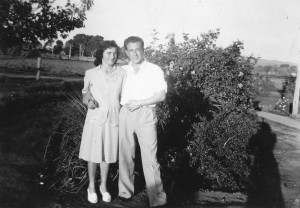
In 1949, Oscar married Virginia Santin, daughter of Giovanni and Costantina who worked market gardens on Valetta Road and Frogmore Road with their three sons and daughters-in-law.
Maria Rosa Tormena arrived 1940, aged 7 years
Maria Rosa went to school at St Mary’s Convent, Franklin Street in the city until she was 14 years old. She laughed as she recalled that she enjoyed playing sports more than the being in the classroom.
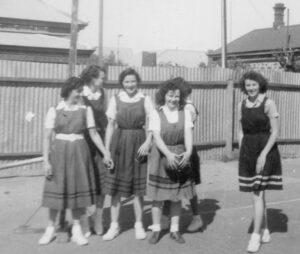
We lived in Waymouth Street at the time. So, all the years I went to school I also lived in Waymouth Street. And it was a walking distance, it was only one street away.
And my main reason for going to school was really to play sport. Loved my sport.
Maria Rosa Tormena, interview, OH 872/19, 25 May 2012.
The school memories of some second-generation interviewees will be included in the next blog.
Madeleine Regan
28 January 2024
